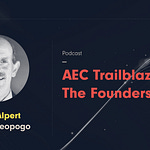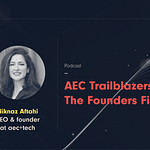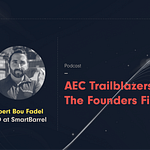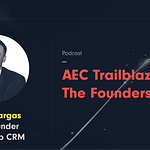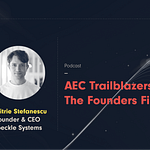The material bottleneck is one of the least glamorous but most decisive pain points in the architecture, engineering and construction industry. From studio sketches to specification deadlines, architects spend an outsized share of their time chasing fragmented material data, navigating opaque manufacturer catalogs, and copying specs across projects.
For Vardhan Mehta, architect-turned-entrepreneur and co-founder of Acelab, this gap wasn’t just an inconvenience — it was the trigger to build a platform where material science meets architectural practice.
In this episode of AEC Trailblazers, Vardhan shares his journey from a small town in central India to Harvard GSD, where his obsession with architecture collided with the reality of material research cycles.
“At the end of the day, a firm should have two or three platforms they rely on, ideally ones that are valuable for other stakeholders too” he explains.
This principle became the backbone of Acelab’s Materials Hub, a marketplace that ingests manufacturer data, normalizes specifications, and surfaces options against constraints like cost, lead times, embodied carbon, and code compliance.
What sets Acelab apart is its push toward AI-assisted search and parametric filtering. Rather than sifting manually through endless PDFs or outdated libraries, architects can now query structured data that aligns directly with project parameters.
As Vardhan puts it: “The next big trend in AEC is everything where we don’t have a system of record. That stuff in 2025 should not be a thing — it should be totally automated.”
This conversation digs into both the promise and the pragmatism of AI in materials sourcing. While there’s excitement around generative design and the next evolution of BIM, Vardhan cautions against overselling. He is a strong advocate for human-in-the-loop AI, where designers calibrate machine outputs with empirical evidence and historic project data.
Without structured datasets, even the most advanced models are limited. “If you don’t have all the right data, making decisions based on historic specs can still require hours of digging through folders to find something written two years ago,” he notes.
This episode is a call to rethink how the industry treats materials. Beyond aesthetics, every choice has consequences for performance, budget, and sustainability. As Vardhan frames it: “The goal is not just efficiency, but decision quality at spec time, where architecture truly meets impact”.




